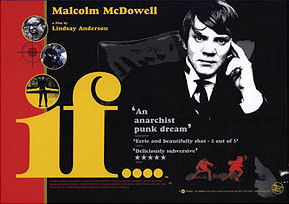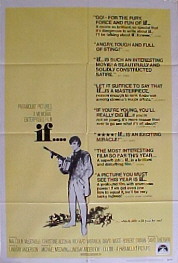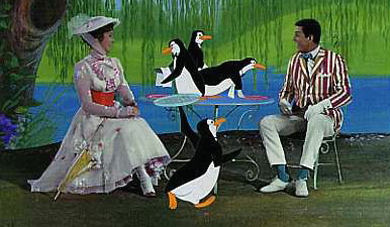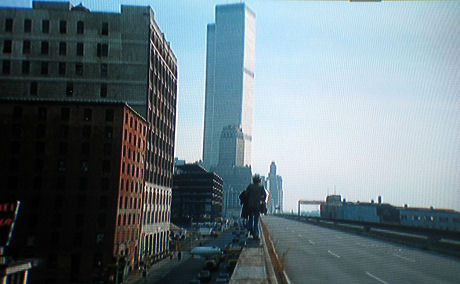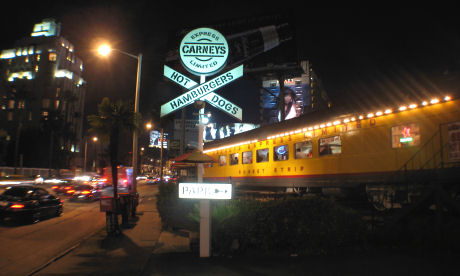HE’s final Oscar calls, and thank God I won’t have to tap out these names and movies in tandem ever again in this context after Sunday :
Best Picture: The Departed;
Best Director: Martin Scorsese, The Departed (LOCK);
Best Actor: Forest Whitaker, The Last King of Scotland (LOCK) (although my personal preference: is for Leonardo DiCaprio in The Departed / sentimental favorite: Peter O’Toole in Becket…sorry, Venus;
Best Actress: Helen Mirren, The Queen (LOCK);
Best Supporting Actor: Alan Arkin, Little Miss Sunshine (By a nosehair, if it happens). I realize/understand that the ogre Eddie Murphy will probably win; I know it and I can’t predict it because it hurts too much.
Best Supporting Actress: Jennifer Hudson, Dreamgirls (recent Hudson slippage, but still a NEAR-LOCK);
Best Adapted Screenplay: William Monahan, The Departed (NEAR-LOCK);
Best Original Screenplay: Michael Arndt, Little Miss Sunshine (LOCK);
Best Animated Feature: Cars;
Best Foreign Language Film: Florian von Henckel Donmnersmarck’s The Lives of Others, which is a far more emotionally affecting film in the final analysis than Guillermo del Toro’s brilliant but Pan’s Labyrinth, which leaves you feeling just a wee bit abandoned at the end. I’ve just changed my prediction in this category (Fridayt, 2:12 pm), and it could wind up costing me real money on Sunday night. I’m just listening to my inner voice; just because the handicappers think Pan’s Labyrinth will win doesn’t mean they necessarily know anything.
Best Art Direction: Pan’s Labyrinth…no, Dreamgirls….no, Pan’s Labyrinth…I don’t know.
Best Cinematography: Emmanuel Lubezki, Children of Men (LOCK);
Best Costume Design: Dreamgirls;
Best Documentary: An Inconvenient Truth;
Best Documentary Short: The Blood Of Yingzhou District (Alt: Two Hands;
Best Film Editing: Stephen Mirrione, Babel (although my personal preference is for Thelma Schoonmaker‘s work on The Departed);
Best Makeup: Pan’s Labyrinth;
Best Original Music Score: The Queen (although my personal preference is for Gustavo Santaolla’s work on Babel;
Best Original Song: “I Need to Wake Up” from An Inconvenient Truth;
Best Animated Short Film: The Little Matchgirl
Best Live-Action Short: West Bank Story (go to Oscar Torrents for best predictions about shorts;
Best Sound Editing: Letters from Iwo Jima;
Best Sound Mixing: Dreamgirls;
Best Visual Effects: Pirates of the Caribbean: Dead Man’s Chest.


